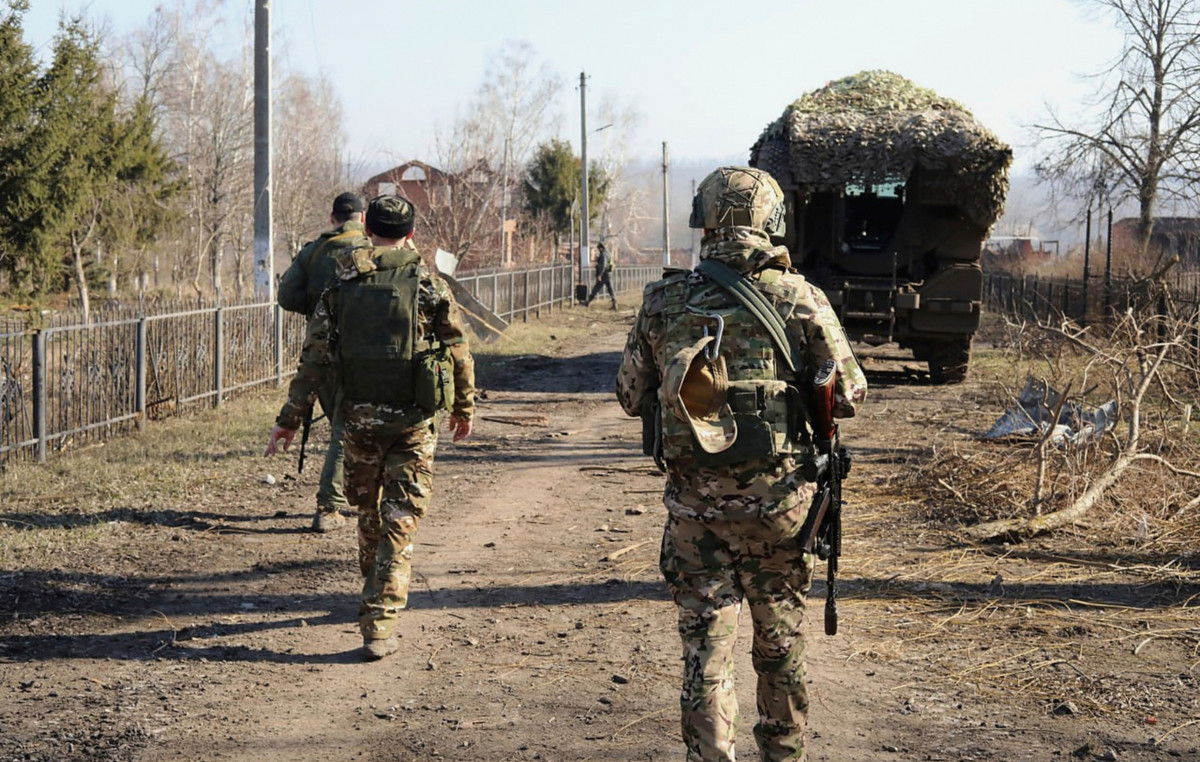They have called it the “summer surge” of Covid 19. For the last four years, every July, epidemiologists from US Centers for Disease Control and Prevention (CDC) have noted a sudden spike in cases and hospitalizations due to the pandemic virus. This year, the summer surge in infections is particularly affecting Arizona, California, Hawaii, and Nevada, but the trend is not unique to the United States and is already being seen overseas.
According to theHealth Security Agencyin the United Kingdom positive tests for Covid-19 increased from 4% at the end of March to 14% at the end of June. And also in Italy, the Weekly monitoring data of the Istituto Superiore di Sanità and the Ministry of Health, testify to a summer resurgence of Covid infections that has now been going on for several weeks.
The latest survey recorded a 66% increase, with almost 9 thousand infections – a figure that according to epidemiologists would be underestimated – as well as the occupancy of beds in the medical area, which went from 1.6% the previous week to 1.9%, with 1,183 hospitalized.
Therefore, both the transmissibility index (at 1.20, compared to 1 the previous week) and the incidence are growing, which is currently 15 cases per 100 thousand inhabitants, with a peak in the Lazio Region where the percentage of reinfections has almost doubled.
The causes of the Covid surge
The recent increase in cases has been attributed to subvariants FLiRTthe latest evolution of the Omicron strain of Covid-19 that emerged in late 2021. This new set of subvariants is the inevitable consequence of the virus experimenting with new mutations in its spike protein, in order to find more effective ways to evade the neutralizing antibodies present in most of our immune systems.
According to researcher Shan-Lu Liu, who heads the program Viruses and Emerging Pathogens at Ohio State University and studied the subvariants FLiRTthese latest Covid-19 viruses have managed to find a balance between escaping the immune system and binding to cells, which is causing many of the new cases, as reported in an article by BBC.
In Italy, the new increase in Covid cases is linked to the arrival of the new KP.3 variant, responsible for 40.5% of infections in June. The age groups with the highest weekly incidence rate are 80-89 and over 90. However, we are far from the critical issues encountered in the early years of the pandemic: the patients currently arriving at the hospital have “mild respiratory symptoms” and are hospitalized “for the treatment of other pathologies but “with Covid”, that is, they are found to be positive after the swab, as also confirmed by the Italian Federation of Healthcare and Hospital Companies (Fiaso), as reported by Handle.
Generally speaking, however, in addition to the spread of the new variant, there are also two other elements underlying the increase in infections according to experts: decline in population immunityand the complete one loss of precautions.
Interviewed by BBCAkiko Iwasaki, a professor of immunobiology at Yale University, explained that the summer wave of Covid-19 may also be partially caused by factors such as crowds of people at festivals and concerts and the massive use of air conditioning that dries the air and encourages viral spread.
Generally speaking, scientists say, the fact that COVID cases are more common year-round than other respiratory infections is because people have much higher immunity to many of the usual seasonal viruses, such as influenza, rhinovirus, and RSV. And one reason is that they have simply been around much longer and need more ideal conditions to infect us, which only happen during the fall and winter months when temperatures drop, schools return, and people gather indoors more.
Because Covid-19 is still a relatively new virus, our sterilizing immunity – the body’s ability to eliminate a pathogen before it has a chance to start replicating – is still significantly lower.
What are the symptoms of the new variants?

The version of the Covid-19 virus behind the latest spike in infections shares many of the same symptoms as previous variants of Sars-CoV-2: sore throat, fatigue, headache and cough. Differences in symptoms often depend on a person’s underlying health and immune system. But some doctors report that among the most common early signs of infection with JN.1for example, there are the diarrhea or the heachache. A smaller number of patients lose their sense of smell with closely related variants of Omicron, of which JN.1 is a subvariant.
Two more subvariants of Omicron, KP.2 and KP.3share many genetic characteristics with JN.1but displays two distinctive mutations in its spike protein, leading to the nickname FLiRT as a way of describing specific amino acid changes. Although KP.2 and KP.3 have a higher reproductive number than JN.1, suggesting they are more transmissible, the virus itself has been found to be up to 10 times less contagious. Symptoms are said to be similar to those seen with other Omnicron variants, so the “classic” fever or chills, cough, headache, shortness of breath or difficulty breathing, fatigue, muscle aches, loss of taste or smell, sore throat, congestion or runny nose, nausea or vomiting, diarrhea.
The importance of continuing to study the variants
It is known that the most vulnerable to new subvariants are the elderly and the immunosuppressed due to their weakened immune response. Given that the vaccine remains the main defense and prevention weapon for these categories of people, the study of the Covid 19 variants that continue to emerge remains essential to update vaccines worldwide. Based on the work done by Shan-Lu Liu and others, US regulators and the World Health Organization were able to make specific recommendations on new vaccine targets based on the latest spike protein mutations, in time for the latest Covid vaccine rollout in the fall.
However, for scientists tracking the evolution and changes of SARS-CoV-2, it is still nearly impossible to predict when the next notable strains will emerge. While common respiratory infections such as influenza or respiratory syncytial virus (RSV) follow seasonal patterns, increasing during the fall or winter months before subsiding in the spring and summer, Covid-19 has yet to settle into such a characteristic cycle. In the wake of the latest summer outbreak, It remains to be seen whether Covid-19 will ever become a true seasonal virus. and, if so, how long will it take.
SCIENTIFIC AND INFORMATION SOURCES USED FOR THIS ARTICLE:
CDC – Centers for Disease Control and Prevention Data
Item BBC – Why Covid 19 is spreading this Summer
Report Health Security Agency UK
ISS – Ministry of Health Weekly monitoring
ANSA Article – Covid cases continue to increase “maybe 10 times more”
Source: Vanity Fair
I’m Susan Karen, a professional writer and editor at World Stock Market. I specialize in Entertainment news, writing stories that keep readers informed on all the latest developments in the industry. With over five years of experience in creating engaging content and copywriting for various media outlets, I have grown to become an invaluable asset to any team.







